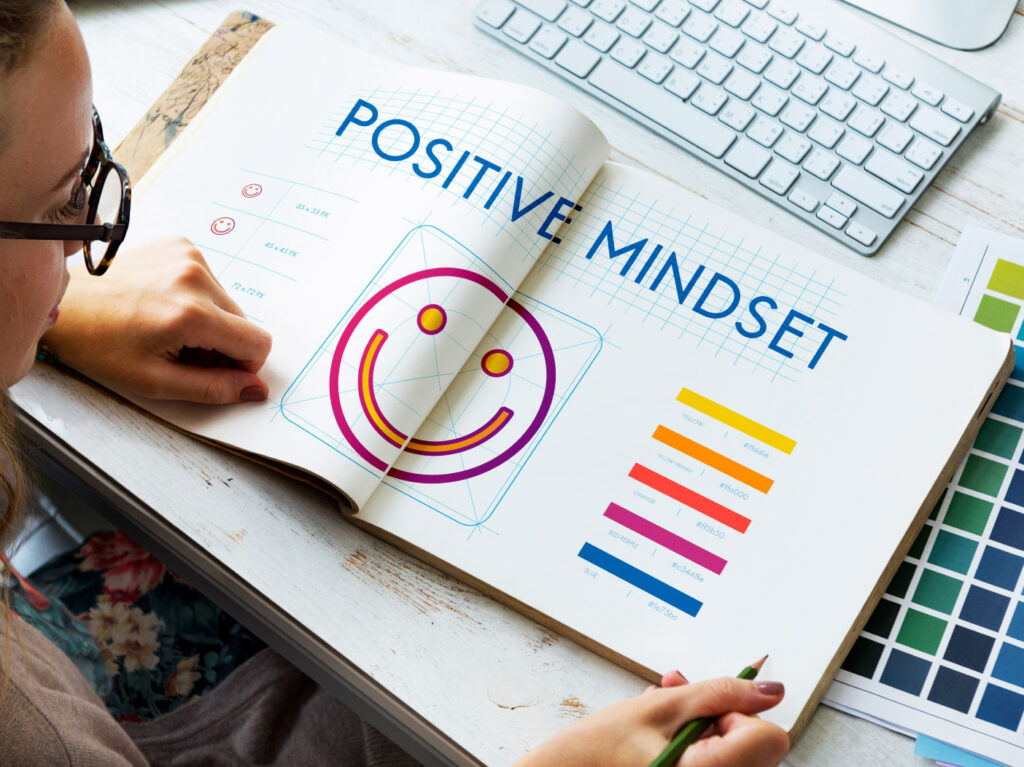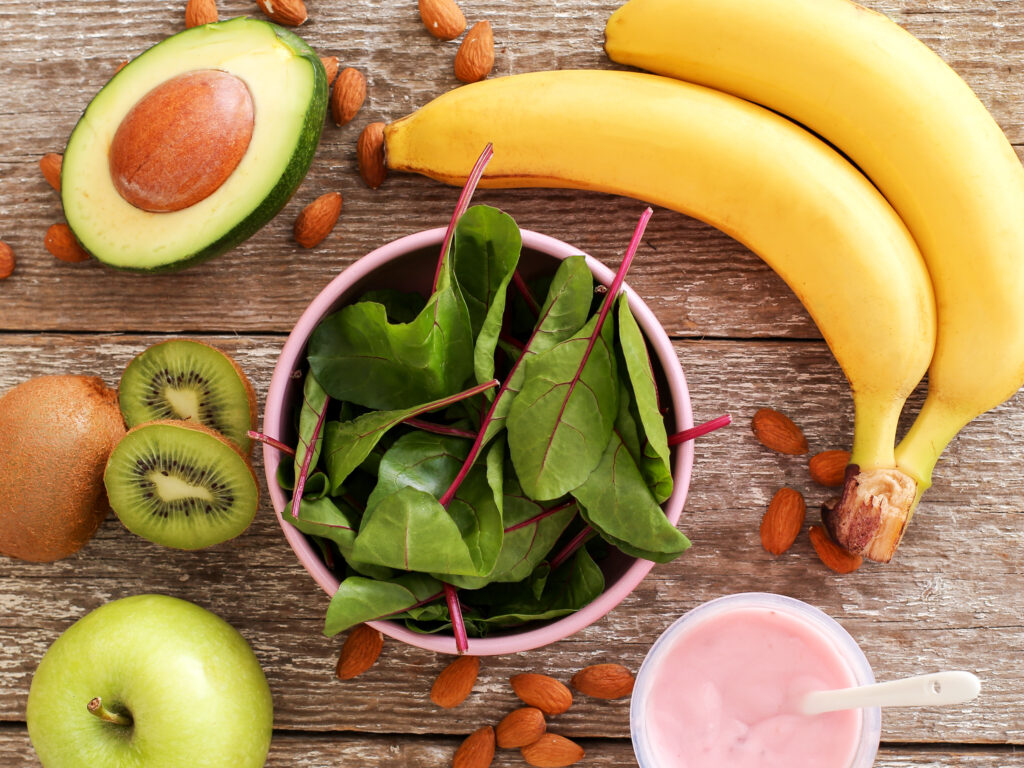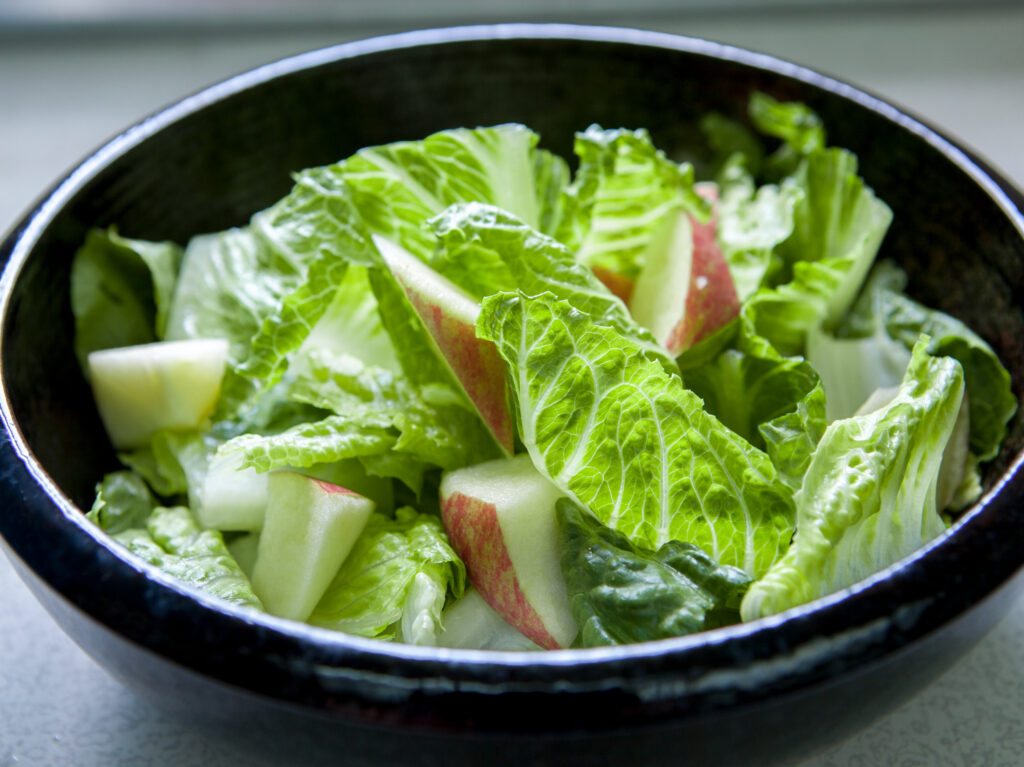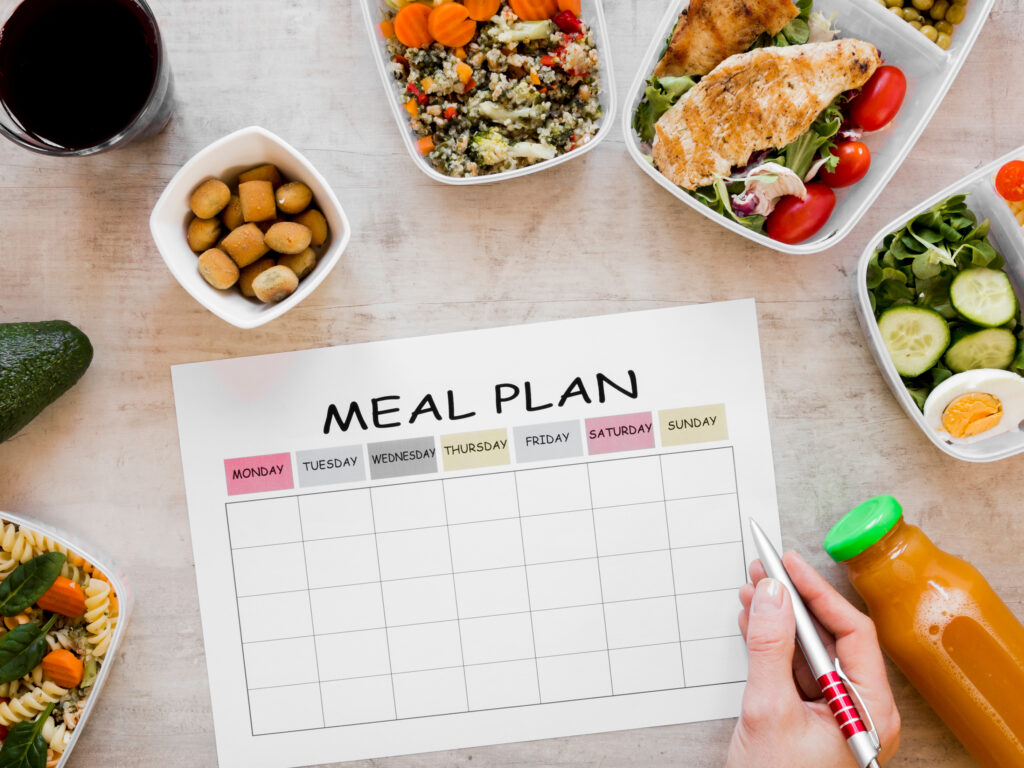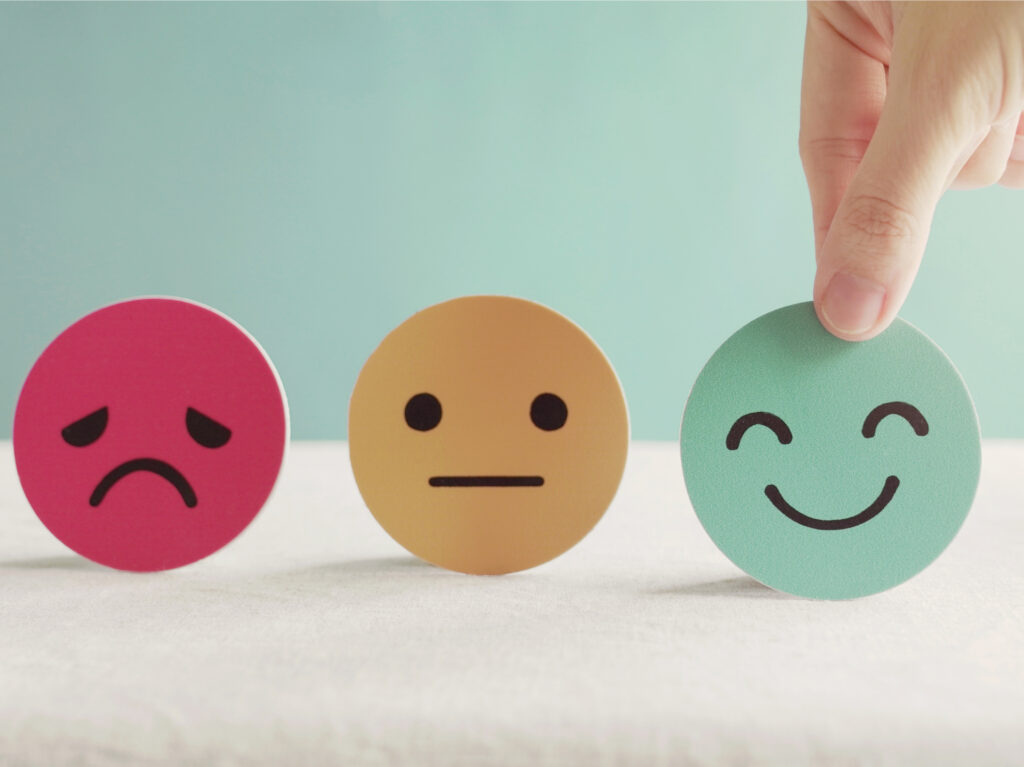Dealing with Change through Mindfulness
Change is inescapable, whether you like it or not. It’s a part of life. However, just the thought of a “change” can send chills down the spine that makes us personality and builds character. It’s common and always happening, so it’s not an easy activity. Just the thought of “change” is enough to send chills down the spine. Change is all the more difficult, especially when presented with an unexpected time. Changes that come into your life by surprise can be particularly difficult to handle and usually comes with a flood of negative emotions like doubt or fear. Change can also feel disorienting and scary.
It is only human to resist change and can give birth to many negative emotions like doubt, fear, and negative or unhelpful emotions.
It is human nature to resist change, but change is a fundamental part of life Change is what helps us grow, move forward, and ultimately accomplish a joyful and fulfilling life. However, embracing it openly might still be difficult even by acknowledging change fundamentally. Mindfulness is the key to helping you navigate and manage change more positively and productively.
Let us take a deep look into mindfulness and how we can use this tool to help us cope with change.
What Is Mindfulness?
Mindfulness is the technique of becoming more aware of the present moment, non-judgementally and completely, instead of dwelling on the past. Mindfulness usually involves an increased awareness of sensory stimuli. It involves noticing your breath and feeling the sensations of your body.
Mindfulness is a state that can be achieved through constant practice. It’s not static, nor are people born with it. Mindfulness is something you need to acquire with practice and patience.
How do you prepare for changes in life with mindfulness? Take a look at some things you can do to cope with the changes below.
Accept change
The first thing you can do to deal with changes is to acknowledge them. Coping with change is the only constant in life. It is inevitable. Changes will happen no matter how much you want to resist. This is because the universe is in constant flux, and ignoring or resisting this truth of life will make it more difficult for you to accept change.
Change can be negative or positive, but it’s up to you to make the best of it. It might be a new promotion or a sudden need to relocate. All you can do is go with the flow and make the best choices.
You can practice accepting this truth by becoming more mindful. This doesn’t mean that you have to be okay with a particular change. Taking on changes ‘mindfully’ means accepting them as a part of a healthy process.
Make a list

Whether the change is negative or positive, change will affect you to some degree. The impact could range from a minor shift to a massive difference in your lifestyle.
Ultimately, it will depend upon the scope of the change, the adjustments you will have to make, and how you will carry your life forward from that point in time. Figuring out how this change will affect you will help you handle your expectations and adjust accordingly.
Making a pros and cons list is beneficial when presented with any kind of change. Write down how this change will affect your life. Include all the good and bad things, Then you can evaluate the situation with a new perspective and make critical decisions while being completely mindful.
Pause Throughout the Day
Change can be overwhelming with constant meetings, tasks to achieve, and responsibilities to fulfil. As you move from one activity to the next one, remember that being mindful will always take some effort.
One mindfulness exercise you can do is to take short breaks. You can also make it a habit to practice mindful breathing and mindful meditation when you’re upset or anxious. With regular practice, you will eventually learn to recognize when you tense up certain body parts.
Be Mindful in Your Interactions

Whether you’re talking with your partner, colleague, or even your kids, being mindful of your interactions is essential to socializing. So, instead of scrolling through your phone while hanging out with someone, try to be more attentive and give them your focused attention. Try to hear their message rather than crafting your rebuttal while they’re sharing their opinion, seek to.
You can become more mindful by paying attention to how you’re feeling, listening carefully, and learning to respond to others in a more conscious manner (rather than reacting out of anger).
Adapt Yourself to the Change
Another great trait for making change your friend instead of a foe is to be flexible to change. The more adaptable and flexible you are, the easier it is to navigate through change better.
Adapting to change is an excellent skill when it comes to change. When change arises, ask yourself how to make the transition more enjoyable. You need to understand that change is a part of life, and you have to be flexible enough to accept it and embrace it if possible.
Final thoughts
Change can be tricky, messy, and challenging. But, if handled carefully, change can also have positive and joyful benefits. Mindfulness is the key to help teach us how to deal with change, overwhelming amounts of information, and chronic stress and anxiety that may occur as a result of changes in our life.
These steps can be your partner and a helpful confidant when you are in the midst of change. To learn more about mindful practices, download the Joyscore app or visit our website to start your journey.

